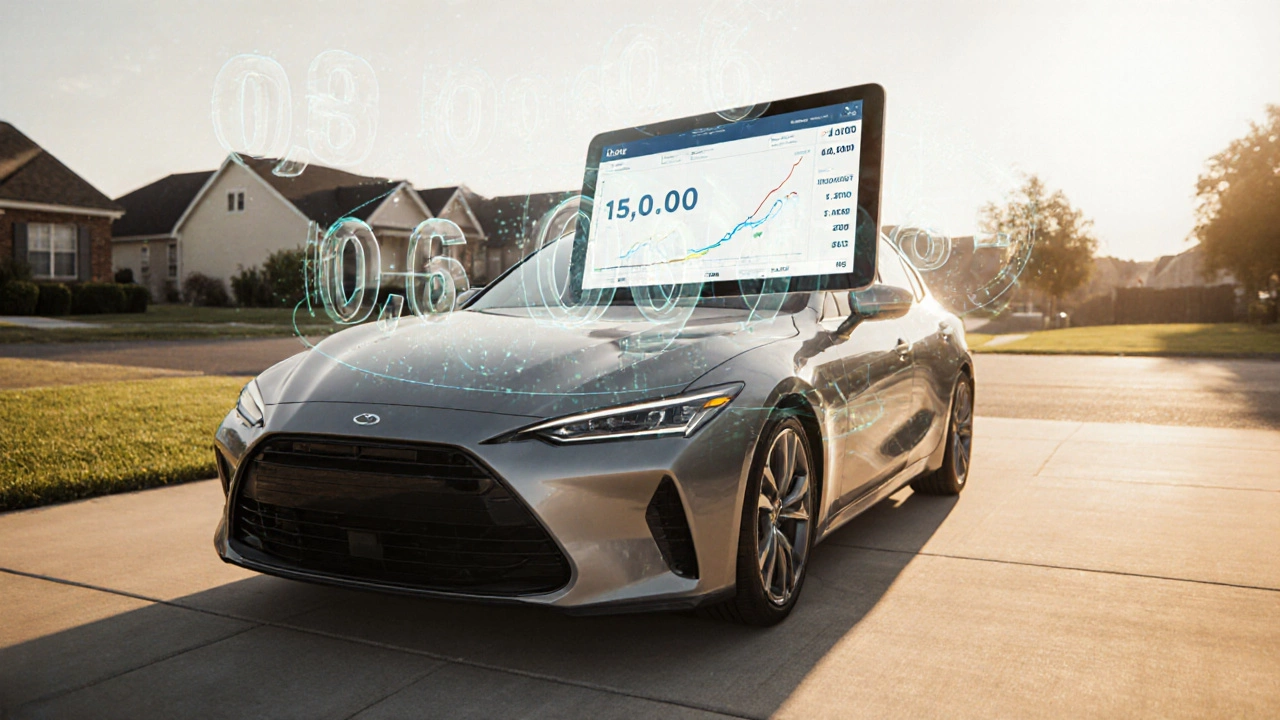Understanding Monthly Car Loan Payments
When planning a monthly car loan payment, the amount you’ll pay each month to clear a vehicle loan. Also called auto loan installment, it combines principal, interest, and loan term into a single figure. To work it out you need the car loan interest rate, the percentage lenders charge on the borrowed amount, a reliable loan calculator, a tool that computes payment based on amount, rate and term, and your credit score, a numeric rating that shows how trustworthy you are to lenders. Understanding how these pieces fit together lets you predict cash flow, compare offers, and avoid surprises.
What Drives Your Monthly Car Loan Payment
In plain terms, monthly car loan payment equals the loan amount multiplied by a factor that reflects the interest rate and the length of the loan. This is the classic amortization formula: payment = P * r(1+r)^n / [(1+r)^n – 1], where P is the principal, r is the monthly interest rate, and n is the number of months. The formula shows three semantic triples: the payment depends on principal, the payment depends on interest rate, and the payment depends on loan term. An amortization schedule breaks the payment down month by month, showing how each slice reduces principal and covers interest. Seeing the schedule helps you spot how much interest you’ll pay early on and how the balance shrinks later.
Your credit score directly shapes the car loan interest rate you qualify for. A higher score usually lands a lower rate, which in turn drops the monthly payment and the total interest you’ll pay. If you notice your payment feels high, check your score first. Simple actions—paying down existing debt, correcting errors on your credit report, and avoiding new credit inquiries—can lift your score by a few points and shave off a percent or two on the rate. That small change can translate into dozens of pounds saved each month.
Don’t confuse the interest rate with the APR (Annual Percentage Rate). The APR bundles the nominal rate plus any fees, insurance, or dealer add‑ons, giving you a fuller picture of the loan’s cost. A loan advertised at 4.5% interest might carry an APR of 5.2% once fees are included. Comparing APRs across lenders helps you spot hidden costs and choose the most affordable option. The APR also feeds into the payment formula, so a higher APR means a higher monthly figure, even if the headline interest rate looks attractive.
Finally, fit the payment into your budget before you sign. List your regular outgoings—rent, utilities, groceries, and any existing debts—then see how much room you have for the car loan. Aim for a payment that doesn’t exceed 15% of your net income. If the number feels tight, consider a shorter loan term (which raises the payment but cuts total interest) or a larger down payment (which lowers the principal). Refinancing after a year or two, especially if your credit score improves, can also lower the rate and the payment.
Below you’ll find a collection of articles that dive deeper into each of these topics—calculators, interest‑rate guides, credit‑score tips, APR comparisons, and budgeting tricks—so you can master your monthly car loan payment and keep more money in your pocket.

Learn how to calculate the exact monthly payment for a $15,000 car loan, explore how interest rates, loan terms, and down‑payments affect the cost, and get tips to lower your payment.
Read More